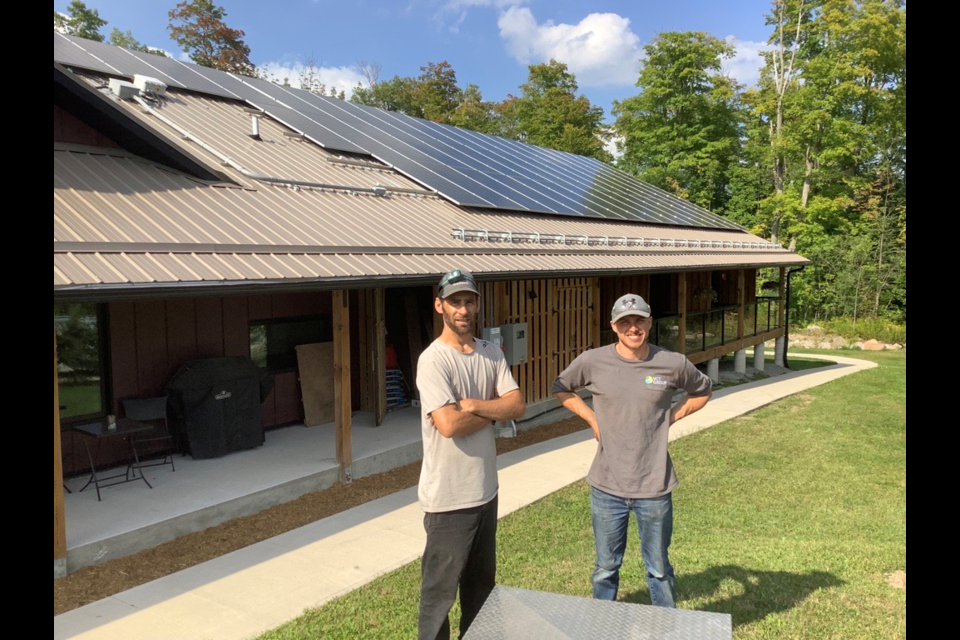NEWS RELEASE
MARIPOSA HOUSE HOSPICE
*************************
Mariposa House Hospice has gone solar.
The five-bedroom hospice residence opened in February 2021 after a team of volunteers raised $3.5 million in capital funding. This was a true community effort. The focus of the organization is to provide a safe, welcoming space for people who need end-of-life palliative care. The staff and volunteer team care for over 100 people each year while supporting family members and friends.
To operate the residence, it costs approximately $1.7 million per year. The bulk of this cost is for staffing to ensure 24/7 nursing and personal care for residents and their family members.
Soon after opening the residence, it became clear that the hydro cost would also be extremely high. In the first year of operations, the average hydro cost exceeded $2,000 a month for a total of $25,000 per year. This cost is not covered by the partial funding received from the provincial government for the provision of nursing care.
Right from the start, inaugural board member Dr. Si Lowry decided to gather information on how the hospice might switch to a renewable energy source to power the building. The design of the building is highly energy efficient, and the board of directors considered the advantages of adding solar to the south-facing roof. When the County of Simcoe confirmed that a solar panel project would be eligible for county capital funding, the idea became feasible.
In 2022, local building expert Jack Steenhof joined with Dr. Lowry and a few members of the Mariposa House Hospice board of directors, and the solar subcommittee was formed. After a request for proposals process where multiple bids were evaluated, the committee selected the VCT Group, from Kitchener, to move forward with the project.
There are many advantages to having solar power for electricity.
First, the hospice will save 70 per cent of its annual electricity costs. This will increase exponentially over the next 25 years. The ‘icing on the cake’ is that the brand-new organization was able to achieve this by using capital funds from the County of Simcoe without relying on money donated to the hospice for patient care.
Second, solar panels are reliable with low maintenance requirements. They only need minor cleaning every two years. They will last a minimum of 25 to 30 years and probably much longer, perhaps as long as 50 years, due to the structure of the new bifacial panels that have been installed.
Third, the hospice is decreasing its carbon footprint significantly. Over the next 25 years it will save 646 tons of CO2 emissions, equivalent to planting 147 acres of trees or driving a car 2,665,209 kilometres — equal to 66.7 times around the world.
Currently, the hospice has a backup generator powered by natural gas for power failures. In the future the team hopes to replace that with a battery backup system further decreasing costs and carbon footprint.
Mariposa House Hospice officially connected to the grid with Hydro One on Sept. 6. It is the first hospice residence in the province, and one of the few health-care facilities in Canada to be powered by solar-generated electricity.
*************************



